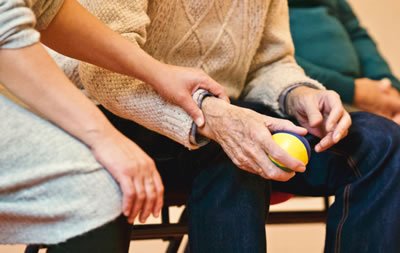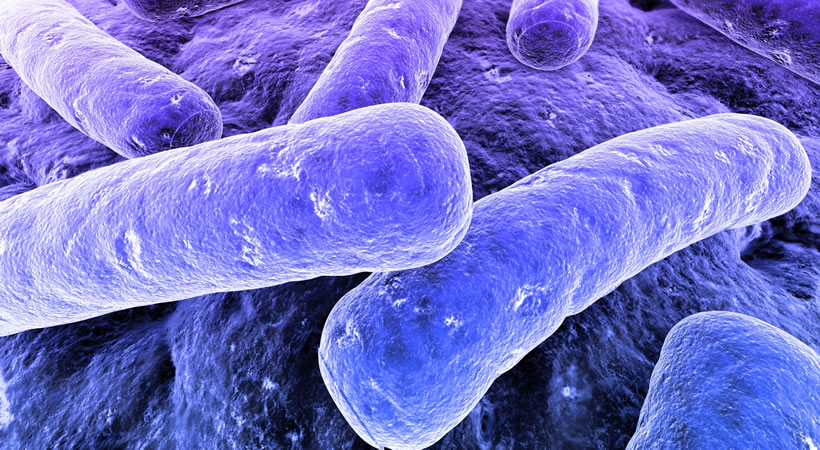In the UK care homes are carefully regulated by the Care Quality Commission (CQC) who conduct regular audits to ensure safety and quality standards are being met. In this article we look at some of the health and safety challenges that exist in care home environments, paying particular attention to a number of the more common hazards that crop-up including lifting and handling; slips trips and falls, and water safety including the control of legionella and Legionnaires’ disease. While thousands of people throughout the UK work in care homes each day, many thousands also live in these homes. It’s important that every workplace should be safe for those who use it, but there are additional safety considerations to bear in mind in care homes. Firstly, those who live there are likely to be more vulnerable than most. They may have underlying health conditions, be of an advanced age, exhibit greater frailty, or a combination of all three. As such, while some hazards in care homes may be obvious, others may not be. For example, the average person living at home is not going to require bed rails to prevent them from falling out of bed. In a care home, however, these could be deemed necessary in certain situations depending on the individual resident. Another example may be the temperature of the hot water, which should be kept high enough to sterilise potentially dangerous bugs, such as Legionella bacteria. To protect vulnerable people from the dangers of scalding hot water in a care home there may be a need to fit thermostatic mixing valves or TMVs which help control water temperatures to safe levels. Where care homes are concerned, safety hazards tend to fall into several categories including: It is important to identify all potential hazards that are present in each room of a care home. In the kitchen, for example, residents of the home should never be present. This means staff are going to be at risk from any hazards that are present there. However, if a risk factor is not fully considered as part of your risk assessment, it could potentially lead to further problems. An obvious example is a fire that may take hold in the kitchen and spread throughout the home. The care home should be risk assessed to identify all potential risks that are present. This assessment of risk would require an in-depth approach, as some things may be fine for some people and not for others. For example, hot water may be fine for a member of staff to use, but an elderly resident may easily be scalded by the higher water temperatures needed. This can be avoided by installing thermostatic mixing valves (TMVs) to provide a mix of hot and cold to be supplied at a safe temperature. The use of TMVs eliminates the danger of scalding, especially to vulnerable residents. If either the hot or cold water supply should fail, the valves also shut off that source of water, i.e. a tap or shower head, for example. It is wise for everyone in a care home to be alert to potential risks that can crop up. Slips, trips, and falls are among the most common accidents in many workplaces. In care homes, there are likely to be people who are already at greater risk of such accidents. Therefore, limiting the risks is even more important. Typical examples of trip hazards include: In these examples, someone might catch their foot in the handle of a handbag or perhaps on the wheel of an unattended tea trolley. Spillages are a common hazard as well… ideally; someone should stay until cleaning supplies are obtained to resolve the issue. If this cannot be done, a hazard warning sign should be placed on the spot of the spill until cleaning is complete. A care home is a good example of a property where the water systems are likely to be more complex than those found in a standard residential home or simple office building. A new, purpose-built care home may have been designed to exacting standards and have good schematic drawings showing the exact layout of the water systems, with no dead legs or other notable issues that may promote the growth of bacteria including legionella. However, some care homes are situated in older or converted buildings that have been purchased and extended to create the current home. This use of older or converted buildings can increase the complexity of the water systems with lots of alterations being carried out over time to the plumbing systems, old or redundant pipe runs, dead-legs, oversized water tanks… all of which are bad for water safety and can increase the risks associated with legionella and Legionnaires’ disease. In each case, however, a risk assessment for legionella should be conducted… it is a legal requirement and something the Care Quality Commission (CQC) will check as part of their audits. A legionella risk assessment would highlight potential risk factors associated with a possible rise in bacteria and any associated risk to those living and working in the care home. Removing dead legs, flushing through infrequently used outlets, and monitoring water temperatures can all help reduce the risks from legionella bacteria growing in the water to dangerous levels that could cause harm to people. The presence of elderly or vulnerable people living in the home presents an increased risk factor alone, so monitoring for legionella is of paramount importance in this situation. You’ll note that a risk assessment is crucial in identifying the range of hazards that can be present in various areas of a care home. Some areas such as kitchens are restricted to staff only, while others are intended for residents but will also have staff present when care is required. This unique set of circumstances shows how vital it is to be aware of hazards and how to minimise the dangers associated with them. Indeed, this is one scenario where professional assistance in conducting a thorough risk assessment would prove to be a very good idea. For expert advice on legionella risk assessments and compliance with CQC standards please call Legionella control International on 0330 223 36 86. Our teams of water safety specialists support care home operators and those responsible for the control of waterborne pathogens including Legionella bacteria and Legionnaires’ disease, helping them to protect their staff, residents, visitors and others and so meet their CQC compliance obligations in this specialist area. We deliver professional legionella risk assessments, water testing, independent compliance auditing, City & Guilds training, expert witness support and other environmental risk management services that help keep people safe.Common Safety Hazards in Care Homes

Understanding care home safety
What safety hazards are found in care homes?

Adopting a risk-based approach to care home safety
Reducing risks for care workers and residents
What about legionella in care homes?

Risk assessments have an important role to play in maintaining safety
Legionella water safety specialists for healthcare
To speak with one of our legionella risk specialists’ call us today on 0330 223 36 86 or contact us here …

 Legionella Risk Assessor Jobs. Risk Assessor London & South East Engla...
Legionella Risk Assessor Jobs. Risk Assessor London & South East Engla... 